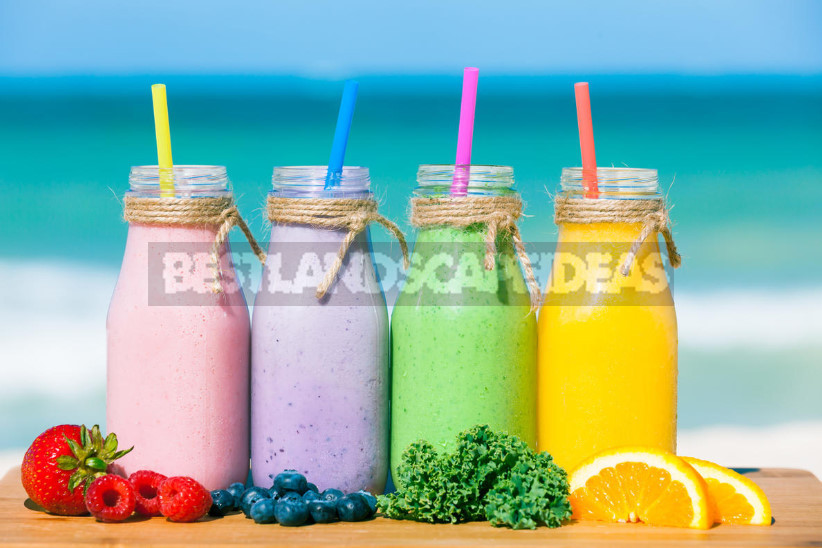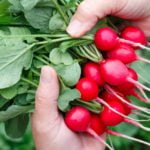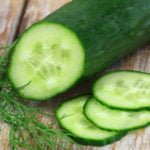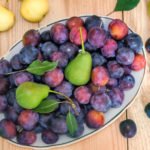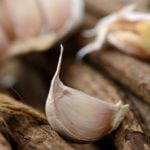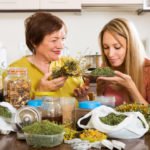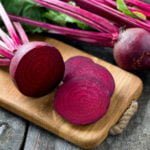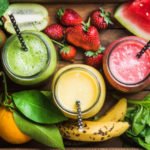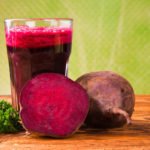Recently, in an article I talked about what fruits, spices, leafy vegetables are the richest sources of antioxidants in our diet.
Their use and the extreme need for our menu is beyond doubt. The only question is how to make sure that antioxidants are constantly present in the products available on our table. So today – the promised practical advice on how to acquire some dietary habits and settings that will increase the use of antioxidants .
1. No cleaning!
Whenever possible, leave the peel on fruits and vegetables. It often contains more nutrients than the flesh. Instead of cleaning, just wash fruits and vegetables well before eating. If you’re worried about pesticides accumulating in the peel, just soak the fruits or vegetables in a light solution of soda and vinegar for a while. And, of course, the use of organic products will protect you from pesticide load.

You can not clean quite such fruits as apples, carrots, potatoes, cucumbers, sweet potatoes, beets – they have soft skin. And when eating vegetables with hard crust, such as watermelon, melon or pumpkin – you need to choose the flesh as close as possible to the skin to get as many nutrients.
Juices and smoothies are another way to eat fruits with a peel, especially one that does not look too appetizing (for example, kiwi peel or beetroot). You will not even notice sipping delicious drinks that eat fruit along with the peel.
2. Give more taste!
When cooking, do not forget about spices. Many of them are rich in antioxidants, leaders – black pepper, Cayenne pepper, cloves, cinnamon, garlic, ginger, turmeric.
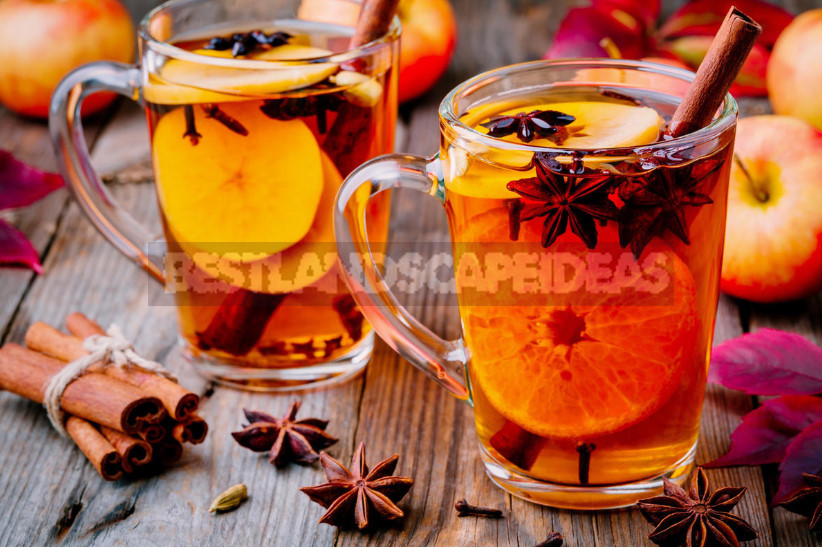
Add a pinch of cinnamon to your morning coffee, a bowl of porridge for Breakfast, or a glass of yogurt. Add turmeric or curry to meat dishes for lunch. A pinch of cloves will revive vegetable dishes of carrots, sweet potatoes, pumpkin, beans. Sprinkle some Cayenne pepper into the salad to enhance its flavor and aroma.
Instead of the usual tea, you can make your own spicy tea, adding turmeric, cloves, cinnamon, ginger, black pepper, nutmeg or cardamom. Let the tea brew for 20 minutes, strain and drink with honey this wonderful drink, saturating your body with antioxidants.
Another good option is to stock up on delicious green or red sauces that will add flavor to your dinner, and at the same time – polyphenolic compounds in your body. Do you know the names: adjika, marinara, chimichuri, harissa, guacamole? These sauces are made of fragrant greens, avocado, garlic, tomatoes, peppers, burning and aromatic seasonings. And they are full of antioxidants that will help your body cope with oxidative stress.
3. Add seeds and nuts
Seeds and nuts have a wonderful taste, they are crispy, full of healthy fats and useful antioxidants. And they are perfectly combined with desserts, salty dishes, bread, as well as good in themselves.
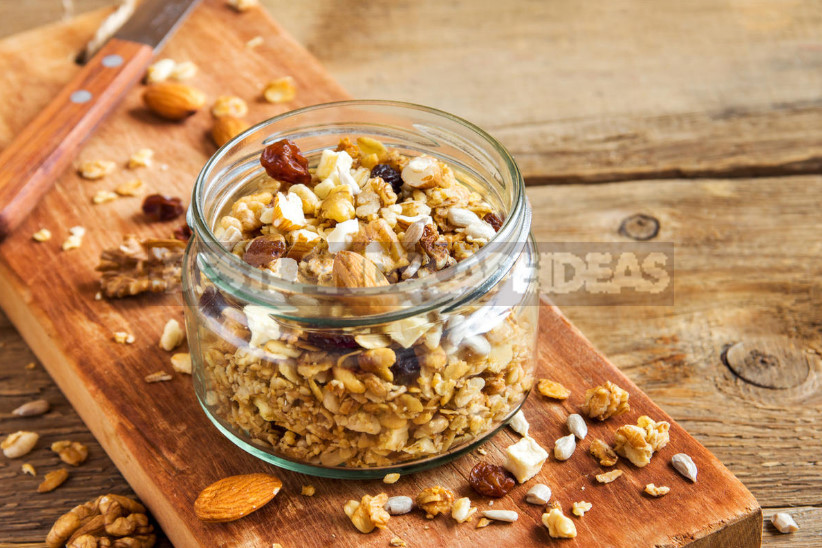
Add a handful of sunflower, pumpkin, flax, poppy, sesame seeds to your morning oatmeal, sprinkle them on the salad at lunch, and during a snack with a Cup of coffee, eat a few nuts instead of cookies. Seeds and nuts have a wonderful taste and aroma, improve the texture of dishes, plus you get a good dose of vitamin E and healthy omega-3 fatty acids.
4. One green vegetable daily
Make it a rule to eat one green vegetable daily. Whether it’s leafy vegetables such as lettuce, spinach, Peking cabbage, rhubarb stalks, asparagus, asparagus beans, green peas, chard, or root – horseradish, Swede, kohlrabi, radish, fennel bulbs, or cruciferous – broccoli, Brussels sprouts, white cabbage. These vegetables have a rich set of vitamins and minerals, as well as carotenoids. By the amount of nutrients – they are just a treasure!
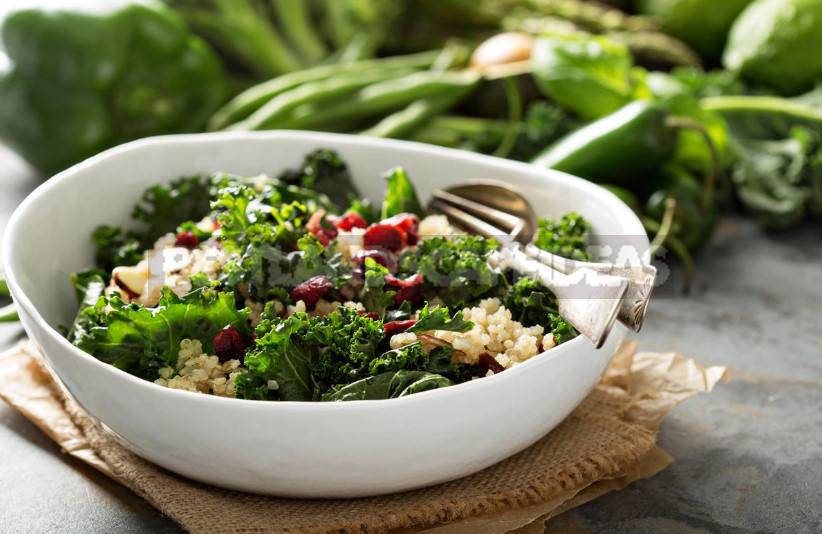
Young leaves and stalks of most of them can be eaten fresh, and more Mature vegetables should be slightly cooked, but in any case not digested. Try to cook more often for a couple or bake vegetables in the oven, and cook them minimally. If you are in doubt whether your vegetables are ready, remember that they were already ready to eat raw. This is exactly the case, which they say: hot raw does not happen.
Try sometimes to bring to the table just baked vegetables, sprinkle with salt, spices and drizzled with oil. Add to them antioxidant-rich flavors such as ginger, garlic, hot peppers and onions.
Leafy green vegetables like no other are suitable for adding to juices and mixtures of fruits and berries. Experiment with drinks from the juicer.
5. Add berries
Berries are the richest source of antioxidants. They are rich in vitamin C and anthocyanins. With the onset of the berry season, do not miss a day without a portion of all kinds of berries. Add them to porridge, cottage cheese, yogurt, cocktail, in their pastries – pies, rolls, muffins in the summer should be sure to berries, cook with them even cakes and pies – any good reason to eat berries.
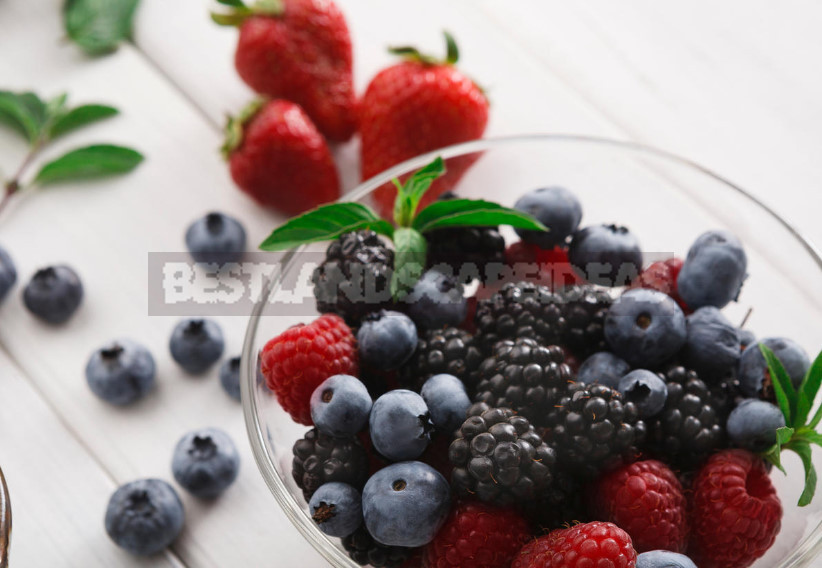
Plus freezing berries virtually no effect on the content of nutrients in them. So freeze as many berries as possible in the season – as much as your freezer allows to keep eating berries when the summer is over.
A little less effective way to harvest berries is drying, jams and compotes, but they can not be abandoned if it is the most affordable way for you. Remember the proverb: summer day feeds the year. This applies not only to gardeners and gardeners, so harvest berries for the winter.
